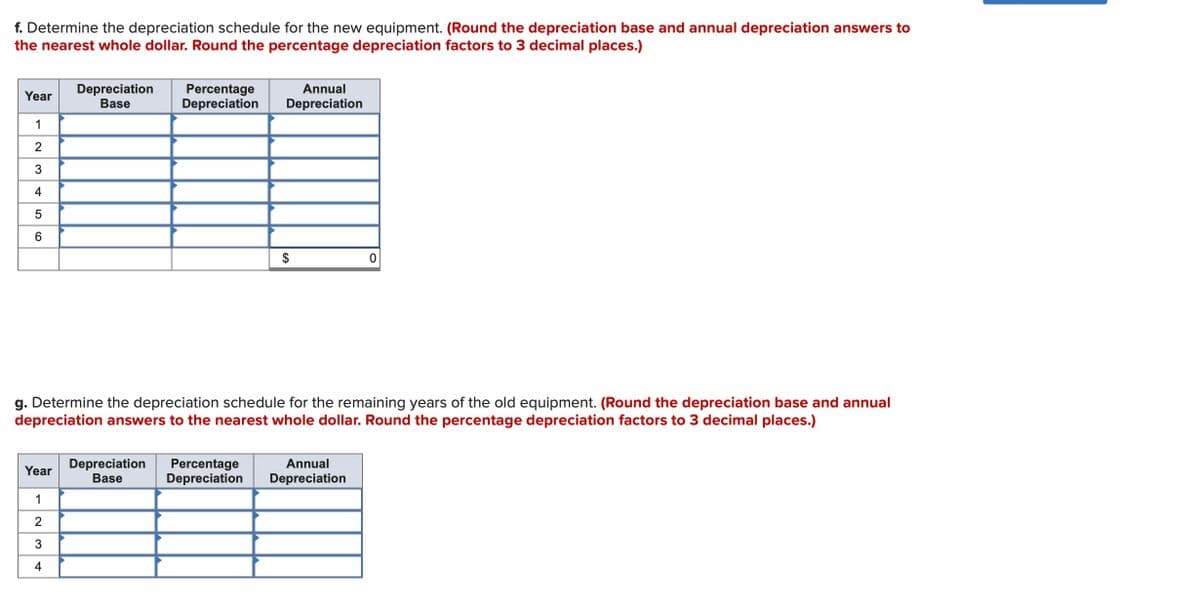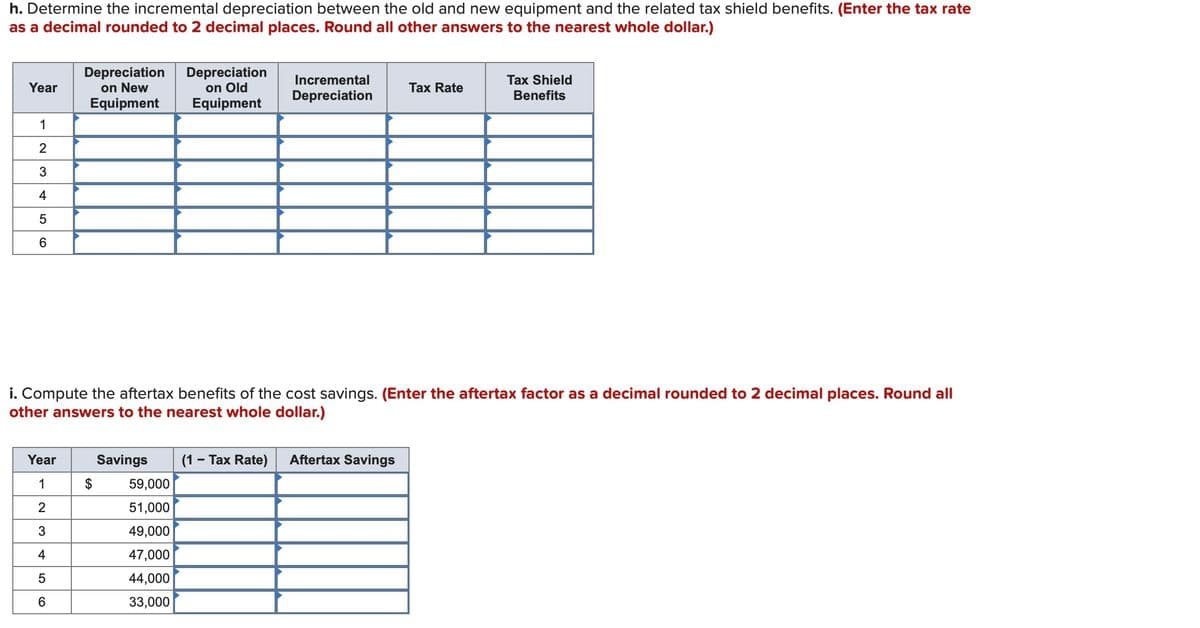Hercules Exercise Equipment Co. purchased a computerized measuring device two years ago for $52,000. The equipment falls into the five-year category for MACRS depreciation and can currently be sold for $21,800. A new piece of equipment will cost $142,000. It also falls into the five-year category for MACRS depreciation. Assume the new equipment would provide the following stream of added cost savings for the next six years. Use Table 12–12. Use Appendix B for an approximate answer but calculate your final answer using the formula and financial calculator methods.
Hercules Exercise Equipment Co. purchased a computerized measuring device two years ago for $52,000. The equipment falls into the five-year category for MACRS
| Year | Cash Savings | |||
| 1 | $ | 59,000 | ||
| 2 | 51,000 | |||
| 3 | 49,000 | |||
| 4 | 47,000 | |||
| 5 | 44,000 | |||
| 6 | 33,000 | |||
The firm’s tax rate is 25 percent and the cost of capital is 9 percent.
a. What is the book value of the old equipment? (Do not round intermediate calculations and round your answer to the nearest whole dollar.)
Book Value
b. What is the tax loss on the sale of the old equipment? (Do not round intermediate calculations and round your answer to the nearest whole dollar.)
Tax Loss
c. What is the tax benefit from the sale? (Do not round intermediate calculations and round your answer to the nearest whole dollar.)
Tax Benefit
d. What is the
Cash Inflow
e. What is the net cost of the new equipment? (Include the inflow from the sale of the old equipment.) (Do not round intermediate calculations and round your answer to the nearest whole dollar.)
Net Cost
f. Determine the depreciation schedule for the new equipment. (Round the depreciation base and annual depreciation answers to the nearest whole dollar. Round the percentage depreciation factors to 3 decimal places.)
g. Determine the depreciation schedule for the remaining years of the old equipment. (Round the depreciation base and annual depreciation answers to the nearest whole dollar. Round the percentage depreciation factors to 3 decimal places.)
h. Determine the incremental depreciation between the old and new equipment and the related tax shield benefits. (Enter the tax rate as a decimal rounded to 2 decimal places. Round all other answers to the nearest whole dollar.)
i. Compute the aftertax benefits of the cost savings. (Enter the aftertax factor as a decimal rounded to 2 decimal places. Round all other answers to the nearest whole dollar.)
j-1. Add the depreciation tax shield benefits and the aftertax cost savings to determine the total annual benefits. (Do not round intermediate calculations and round your answers to the nearest whole dollar.)
| Year | Tax Shield Benefits from Depreciation | Aftertax Cost Savings | Total Annual Benefits |
| 1 | |||
| 2 | |||
| 3 | |||
| 4 | |||
| 5 | |||
| 6 |
j-2. Compute the present value of the total annual benefits. (Do not round intermediate calculations and round your answer to the nearest whole dollar.)
Present value
k-1. Compare the present value of the incremental benefits (j) to the net cost of the new equipment (e). (Do not round intermediate calculations. Negative amount should be indicated by a minus sign. Round your answer to the nearest whole dollar.)
k-2. Should the replacement be undertaken?
multiple choice
-
Yes
-
No


Step by step
Solved in 2 steps with 2 images









